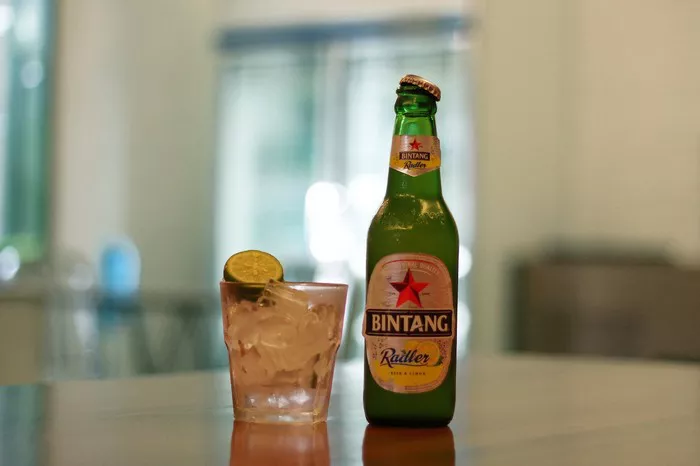Beer is one of the oldest and most widely consumed alcoholic beverages globally, enjoyed in various forms and temperatures across diverse cultures. The temperature at which beer is served can significantly impact its flavor profile and enjoyment. Surprisingly, in some countries, the preference leans toward warmer beer temperatures, a practice that might seem unconventional to those accustomed to chilled brews. Understanding the cultural, historical, and practical reasons behind why some countries drink warm beer unveils a fascinating tapestry of traditions and preferences.
Cultural Traditions and Historical Roots
The cultural aspect plays a pivotal role in understanding why certain countries favor warmer beer. In some European nations like the United Kingdom, parts of Germany, and Belgium, the tradition of drinking beer at room temperature has deep historical roots. Centuries ago, before the advent of refrigeration, beer was typically stored and served at cellar temperatures, which were notably warmer than today’s refrigerated standards. This historical practice has endured, with many locals still preferring their beer at a slightly warmer temperature for its fuller flavor and aromatic profile.
Moreover, cultural rituals and customs often dictate the way beverages are enjoyed. In countries like Japan, where hot sake is a traditional drink, the concept of consuming warm alcoholic beverages extends to beer as well. The idea of drinking warm beer might be intertwined with the broader cultural appreciation for warm beverages in certain societies, reflecting a preference for the soothing and comforting aspects of warmth in drinks.
Beer Style and Flavor Profile
Another significant factor influencing the temperature preference of beer is its style and intended flavor profile. Not all types of beer are best served ice-cold. While lagers and lighter ales are typically associated with chilled serving temperatures in many countries, certain beer styles, such as stouts, porters, and some ales, benefit from being served at slightly warmer temperatures. Warmer temperatures can enhance the complexity of flavors in these beers, allowing drinkers to better appreciate the nuances of roasted malts, rich aromas, and intricate tasting notes.
For instance, British real ales, often served at cellar temperature (around 50-55°F or 10-13°C), are crafted to showcase their intricate flavors and textures at this specific temperature range. This tradition emphasizes the importance of allowing certain beer styles to breathe and develop their full range of flavors, which might not be as pronounced when served ice-cold.
Practical Considerations and Environmental Factors
Beyond cultural and flavor-related reasons, practical considerations and environmental factors also contribute to the preference for warm beer in some regions. In countries with colder climates, such as parts of Scandinavia or Russia, consuming cold beverages might not always be practical, especially during the long winter months. In such environments, the idea of consuming warm or room temperature beer might stem from the need to maintain body warmth rather than seeking a refreshing cold beverage.
Moreover, logistical challenges in storing and transporting beer in regions with limited access to refrigeration could also influence the temperature at which beer is served. In areas where electricity or refrigeration is scarce, keeping beer cold might not be feasible, leading to the acceptance and preference for drinking beer at warmer temperatures out of necessity rather than choice.
Cultural Perception and Taste Preferences
The perception of taste and ideal drinking temperatures can significantly vary among individuals and cultures. What might be considered “warm” beer in one country could be perceived as pleasantly cool in another. Cultural norms and taste preferences heavily influence the perceived ideal temperature for beer consumption. In Mediterranean countries like Spain, where the climate tends to be warmer, the idea of “warm” beer might align with what other cultures consider as moderately chilled. This variance in perception further underscores the subjectivity of temperature preferences in beer consumption.
Furthermore, taste preferences play a crucial role in determining the preferred serving temperature. Some individuals might prefer warmer beer as it allows them to savor the intricate flavors and aromas, while others might enjoy the crispness and refreshing nature of a cold brew. These differences in taste preferences contribute to the diversity in beer temperatures across different regions and countries.
Modern Trends and Evolving Preferences
In recent years, with globalization and the exchange of cultural practices, beer consumption habits have evolved in various parts of the world. The proliferation of refrigeration technology has led to a widespread preference for cold beer in many countries, influenced by the marketing strategies of multinational breweries and the perceived notion of refreshment associated with cold beverages.
However, despite this global trend towards colder beer, there remains a steadfast adherence to traditional serving temperatures in certain regions. Craft breweries, in particular, have been instrumental in rekindling interest in serving beer at warmer temperatures, emphasizing the intricate flavors and characteristics of different beer styles. This revival of traditional practices has sparked curiosity among beer enthusiasts and has led to a reevaluation of the ideal serving temperatures for various beer styles.
Conclusion
The preference for warm beer in some countries is deeply rooted in cultural traditions, historical practices, beer style characteristics, practical considerations, and individual taste preferences. While the global trend leans towards colder beer, the appreciation for warmer temperatures persists in certain regions, highlighting the subjective nature of beer enjoyment. Understanding the diverse reasons behind why some countries drink warm beer enriches the appreciation of the multifaceted world of beer culture and traditions. Ultimately, whether served cold or warm, the enjoyment of beer transcends temperatures and remains a shared passion among enthusiasts worldwide.


